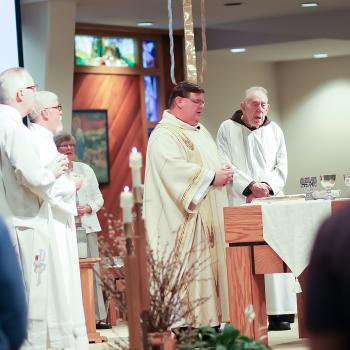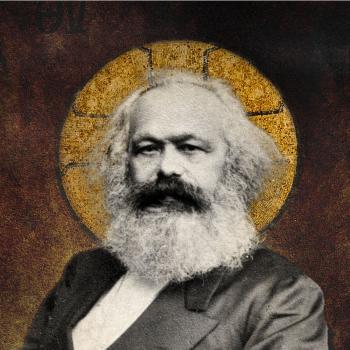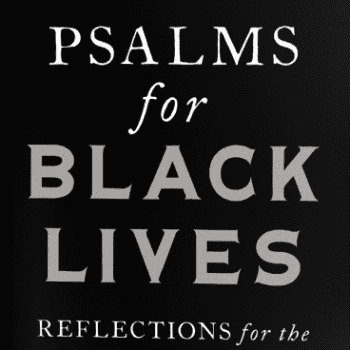In Angels & Demons, Part I, Pastor and Dean of Religious Life at University of Southern California Jim Burklo responded to questions about the biblical hierarchy of angels and archangels. Here, the conversation continues with a discussion of the aggressive nature of the biblical angels, including the most famous angel-warrior, Michael.
 The Old Testament contains such layered stories of Angels creating encounters for people, and at times these encounters seem a bit aggressive, or perhaps bordering on the cusp of being pragmatic regarding their agenda, which could be construed as being a bit frightening. Discuss how the Old Testament Angel was depicted.
The Old Testament contains such layered stories of Angels creating encounters for people, and at times these encounters seem a bit aggressive, or perhaps bordering on the cusp of being pragmatic regarding their agenda, which could be construed as being a bit frightening. Discuss how the Old Testament Angel was depicted.
Mostly in the Hebrew scriptures, what Christians call the Old Testament, angels are benign figures that give a message. The Biblical Greek word “angel” means messenger. But on occasion they were more awesome in power – like the angel with a sword that confronted Balaam on the road, to turn him back the other way. Or the angel with whom Jacob wrestled – who was described as an angel at first, but later Jacob was said to have wrestled with God. There are a lot of different roles that angels take in the Hebrew Scriptures, but generally they were delivers of divine messages – and sometimes pretty insistent about getting the message across, even if that meant behaving agressively!
According to biblical tradition Uriel takes on the role of protector and enforcer. He is at times even regarded as the “Lord of Powerful Action”. Describe how Uriel is defined in the bible, and what he represents to the the angelic hierarchy.
These characterizations of Uriel aren’t found in the Bible. First of all, Uriel doesn’t appear in the standard canon of the Hebrew and Christian scriptures – he appears only in the books of Enoch, which is a biblical-era text not included in the Bible, and in the book of 4 Esdras, which is in the Apocrypha, a set of books from the era between the Old and New Testaments with a special status in the Catholic tradition. Uriel in Hebrew means “God is my fire (or light)” The book of Enoch, 20:2, says that Uriel is the watcher over the world and of Tartarus, the lowest part of hell. The 4th book of Esdras or Ezra shows Uriel as a messenger angel giving lessons to the prophet who is given as the author of the book. Uriel also makes appearances in ancient Christian texts that the early Catholic church declared heretical or unsound, such as The Apocalypse of Peter and The Gospel of Barnabas. Each of these appearances in these texts is distinct and there is no consistent sense of Uriel’s role in the divine order.
The personalities ascribed to different angels are mostly the result of folklore outside of the Bible or official Christian tradition – much of it of very recent provenance. The rich imaginations of 18th century writers Immanuel Swedenborg and William Blake yielded elaborate, idiosyncratic catalogues of angelic and demonic beings. The Book of Mormon is a spectacular 19th century spiritual novel full of freshly created angels, also. And in very recent years, angels have enjoyed a comeback as the focus of creative imagination.
One of the most famous of Archangels is Michael, who also happens to be imbued with a warrior’s spirit. How does the bible provide for a tradition where Angels can use violence if necessary to achieve their objective?
There are only two references to the archangel Michael in the Bible. In one, reference is made in the letter of Jude to a non-biblical story about how the angel Michael was burying Moses, and Satan challenged him for doing so, saying that since Moses killed a man in Egypt, he was a murderer and thus not eligible for such an honorable burial. Michael rebuked Satan for this. The other reference is in the book of Revelation in which Michael and Satan and their angelic forces had a war in heaven, resulting in Satan and his forces being cast down to earth. This last reference is the only one that suggests that the archangel Michael was warlike. But this was enough to lead later Christians to portray him as a sword-wielding figure in iconography.
The angel that appeared to Balaam’s ass, and then to Balaam, in the book of Numbers, held a sword to make it clear that he had to turn around on orders from God. Was this the archangel Michael? We don’t know!
Jim Burklo is Associate Dean of Religious Life at the University of Southern California and is an ordained United Church of Christ pastor. He is the author of Open Christianity and Birdlike and Barnless: Meditations, Prayers, and Songs for Progressive Christians.












